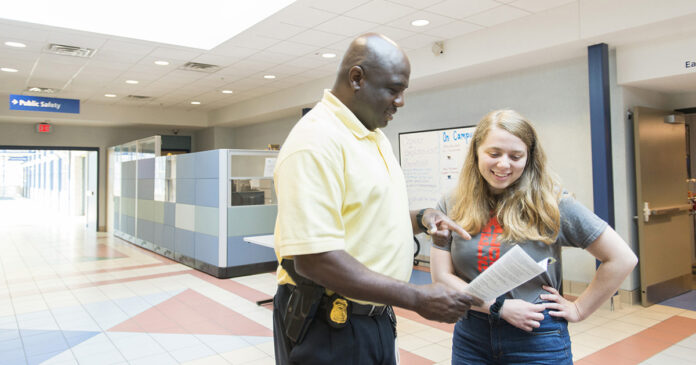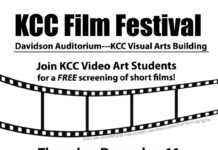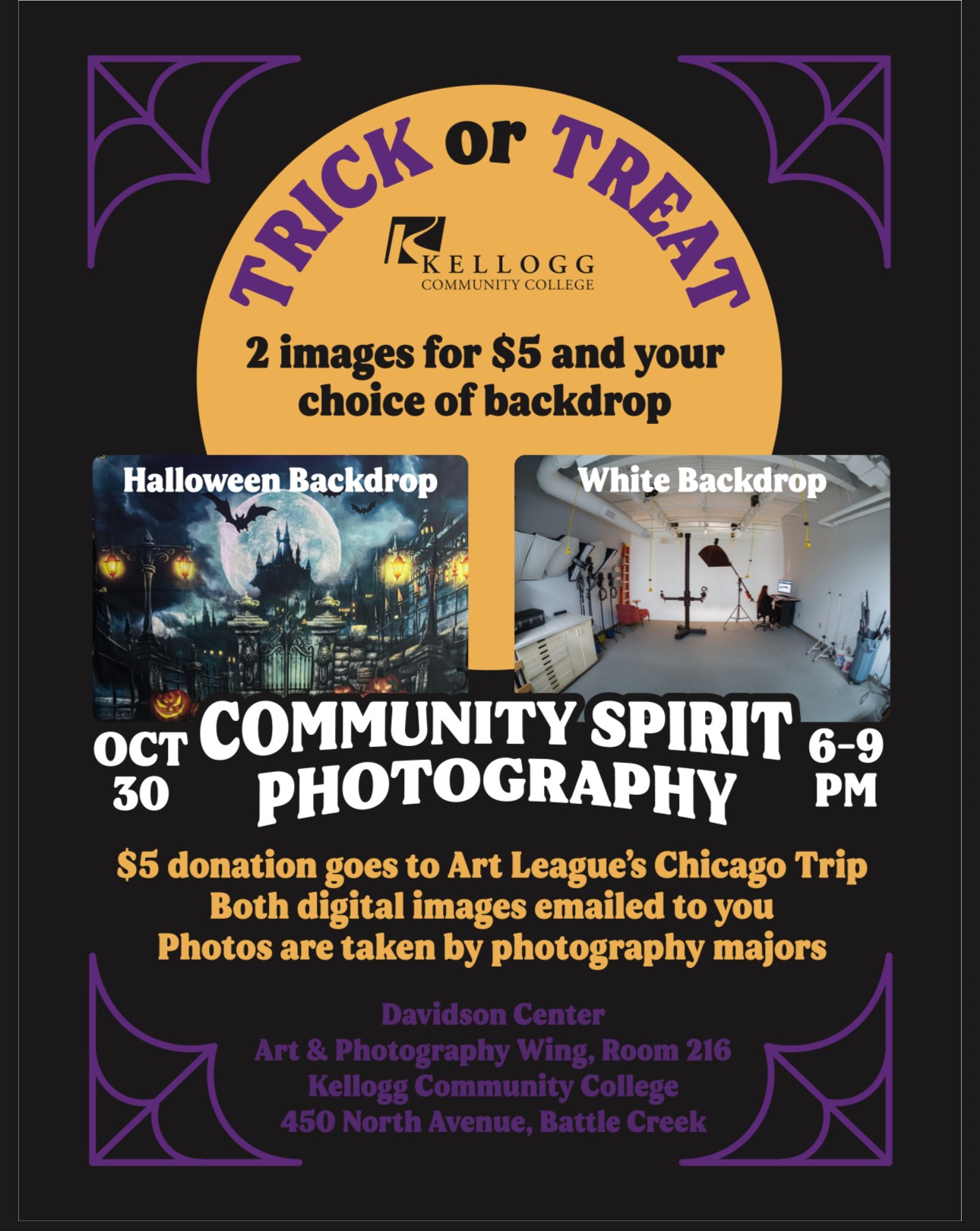The music you’re playing in your car isn’t captivating enough, so you skip through the songs trying to find the right one. You think you’re doing a great job at keeping your eyes on the road.
It takes one second to be a distracted driver.
Three seconds and suddenly you’ve smashed into a stopped car ahead of you.
There is nothing you could’ve done to stop, right? You were only going 25, right? It’s a harsh reality to face and a horrifying experience to go through. How do you explain this to the cops? Your parents? The other person in front of you, who you’ve no idea if they’re ok? It takes seconds to cause an accident, so let’s take a few to go over how to prevent such situations and who to ask for help.
Angel, an 18-year-old student enrolled at Kellogg Community College’s North Avenue campus, went through this ordeal a few months ago. A distracted driver rear-ended his vehicle and totaled the car, leaving Angel and his brother shaken and without a way home.
When asked to recount the accident he said he was picking his brother up from the Calhoun Area Career Center and was proceeding around the U-turn, when a car came up behind and rear-ended them, hard.
The driver was distracted, going way over the speed limit, and created a dangerous environment.
Campus security was on the scene within minutes, and the offending driver was put at fault. Angel had a few parting words for the person who hit him.
“What were you doing flying down 50 miles per hour in a 25?” he said. “Like you had to go 50. Like you put on that police report you were going 25, and you were unable to stop. But I guarantee that black box that car has showed that you did not touch your brakes, and that you did not try to stop because you were not paying attention.”
The number one cause for accidents are distracted drivers, people texting, eating, switching through music or doing any number of other things while they’re supposed to be focused on the road.
These are the types of distractions that safety officers on campus look for. According to KCC Public Safety Officer Chris Martin, accidents and traffic stops have occurred all over campus – on North and Roosevelt avenues, the ring road and all of the parking lots.
When asked what the highest percentage of stops were for, Officer Martin said, “For texting and driving, and driving for a high speed across campus. Under state law, under either the careless or reckless driving, they can be stopped, because they’re operating a car in a manner that is unsafe for the public.”
Any accidents on campus are considered non-traffic accidents, and tickets and fines can be given depending on the scenario. Speed limits around campus are adjusted to keep people safe, ranging from 15 to 30 miles per hour.
Austin Simons is the chief of Public Safety at KCC, and can be contacted at simonsa@kellogg.edu with any questions or concerns related to campus safety. Room 306 in the Lane Thomas building contains KCC’s Public Safety offices, and students may always go there for more information.
Keeping KCC safe doesn’t fall all on the officers however; students are able to report concerns and incidents that have arisen.
When asked for any advice to keep campus safe, Officer Martin said, “It’s just to maintain awareness. To keep campus safe, whatever’s going on when you’re driving, whatever’s going on on that phone can wait.”
It’s vital to remember there’s more going on besides what’s on the small little box in your hands. Keeping your eyes up, staying aware, being anticipatory rather than reactionary saves lives. Driving is a task that requires complete attention. Life is happening all around, and it would be a detriment if someone were to lose that experience within three seconds. Three seconds, and you’re a statistic.
Drive responsibly.

























